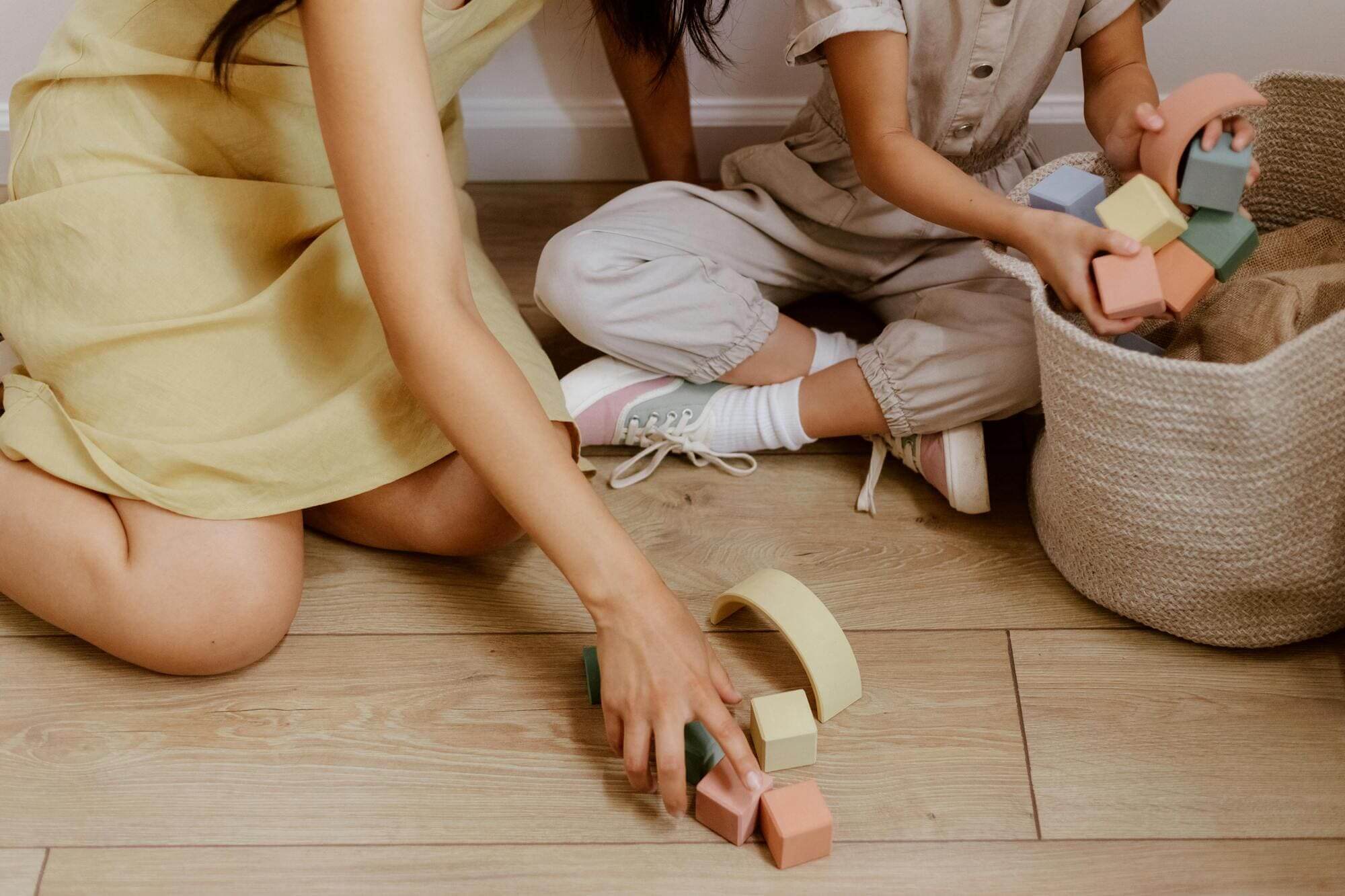Toys are more than just playthings – they're essential tools for learning, imagination, and entertainment for children of all ages. However, with frequent handling and sharing among kids, toys can quickly become breeding grounds for germs and bacteria. That's why regular toy cleaning is crucial to ensure a safe and hygienic play environment for your little ones. In this comprehensive guide, we'll explore the importance of toy cleaning for kids and provide practical tips to keep their favorite toys clean and germ-free.
The Ultimate Guide to Toy Cleaning for Kids: Keeping Playtime Safe and Hygienic

Why Toy Cleaning Matters
Ensuring that your child's toys are clean and sanitized is essential for their health and well-being. Kids are naturally curious and often put toys in their mouths, increasing the risk of exposure to harmful germs and bacteria. Additionally, toys that are not properly cleaned can contribute to the spread of illnesses such as colds, flu, and stomach bugs among children.
Key Steps for Effective Toy Cleaning
1. Sorting and Categorizing: Start by sorting your child's toys into different categories, such as plush toys, plastic toys, and wooden toys. This will help streamline the cleaning process and ensure that each type of toy receives the appropriate cleaning treatment.
2. Selecting Cleaning Supplies: Choose safe and effective cleaning products suitable for the material of each toy. For example, mild soap and water are ideal for plastic toys, while a gentle surface cleaner or disinfectant spray may be used for hard surfaces. Avoid harsh chemicals that may be harmful to children's health.
3. Cleaning Soft Toys: Soft toys such as stuffed animals and plush toys can harbor dust, dirt, and allergens. To clean soft toys, place them in a pillowcase or mesh laundry bag and wash them on a gentle cycle in the washing machine. Allow them to air dry thoroughly before returning them to your child's play area.
4. Cleaning Hard Toys: Hard toys like plastic blocks, action figures, and toy cars can be cleaned with soap and water or a mild surface cleaner. Use a damp cloth to wipe down each toy, paying extra attention to any crevices or hard-to-reach areas where dirt and grime may accumulate.
5. Sanitizing High-Touch Surfaces: Focus on sanitizing high-touch surfaces such as toy handles, buttons, and switches, which are more likely to harbor germs. Use a disinfectant spray or sanitizing wipes to thoroughly clean these areas and kill any lingering bacteria.
6. Drying and Storing: After cleaning, allow the toys to air dry completely before returning them to your child's play area. Ensure that toys are stored in a clean, dry environment away from direct sunlight and moisture to prevent mold and mildew growth.
Benefits of Regular Toy Cleaning:
- Promotes Health and Safety: Regular toy cleaning helps prevent the spread of germs and bacteria, reducing the risk of illness among children.
- Extends Toy Lifespan: Proper cleaning and maintenance can prolong the lifespan of your child's toys, ensuring that they remain in good condition for longer.
- Teaches Good Hygiene Habits: By involving children in the toy cleaning process, you can teach them the importance of hygiene and responsibility from a young age.
Conclusion
In conclusion, toy cleaning is an essential aspect of maintaining a safe and hygienic play environment for children. By following the steps outlined in this guide and incorporating regular toy cleaning into your household routine, you can ensure that your child's toys remain clean, germ-free, and ready for play.
Invest in your child's health and well-being by prioritizing toy cleaning as a vital component of their overall care.
2. Selecting Cleaning Supplies: Choose safe and effective cleaning products suitable for the material of each toy. For example, mild soap and water are ideal for plastic toys, while a gentle surface cleaner or disinfectant spray may be used for hard surfaces. Avoid harsh chemicals that may be harmful to children's health.
3. Cleaning Soft Toys: Soft toys such as stuffed animals and plush toys can harbor dust, dirt, and allergens. To clean soft toys, place them in a pillowcase or mesh laundry bag and wash them on a gentle cycle in the washing machine. Allow them to air dry thoroughly before returning them to your child's play area.
4. Cleaning Hard Toys: Hard toys like plastic blocks, action figures, and toy cars can be cleaned with soap and water or a mild surface cleaner. Use a damp cloth to wipe down each toy, paying extra attention to any crevices or hard-to-reach areas where dirt and grime may accumulate.
5. Sanitizing High-Touch Surfaces: Focus on sanitizing high-touch surfaces such as toy handles, buttons, and switches, which are more likely to harbor germs. Use a disinfectant spray or sanitizing wipes to thoroughly clean these areas and kill any lingering bacteria.
6. Drying and Storing: After cleaning, allow the toys to air dry completely before returning them to your child's play area. Ensure that toys are stored in a clean, dry environment away from direct sunlight and moisture to prevent mold and mildew growth.
Benefits of Regular Toy Cleaning:
- Promotes Health and Safety: Regular toy cleaning helps prevent the spread of germs and bacteria, reducing the risk of illness among children.
- Extends Toy Lifespan: Proper cleaning and maintenance can prolong the lifespan of your child's toys, ensuring that they remain in good condition for longer.
- Teaches Good Hygiene Habits: By involving children in the toy cleaning process, you can teach them the importance of hygiene and responsibility from a young age.
Conclusion
In conclusion, toy cleaning is an essential aspect of maintaining a safe and hygienic play environment for children. By following the steps outlined in this guide and incorporating regular toy cleaning into your household routine, you can ensure that your child's toys remain clean, germ-free, and ready for play.
Invest in your child's health and well-being by prioritizing toy cleaning as a vital component of their overall care.